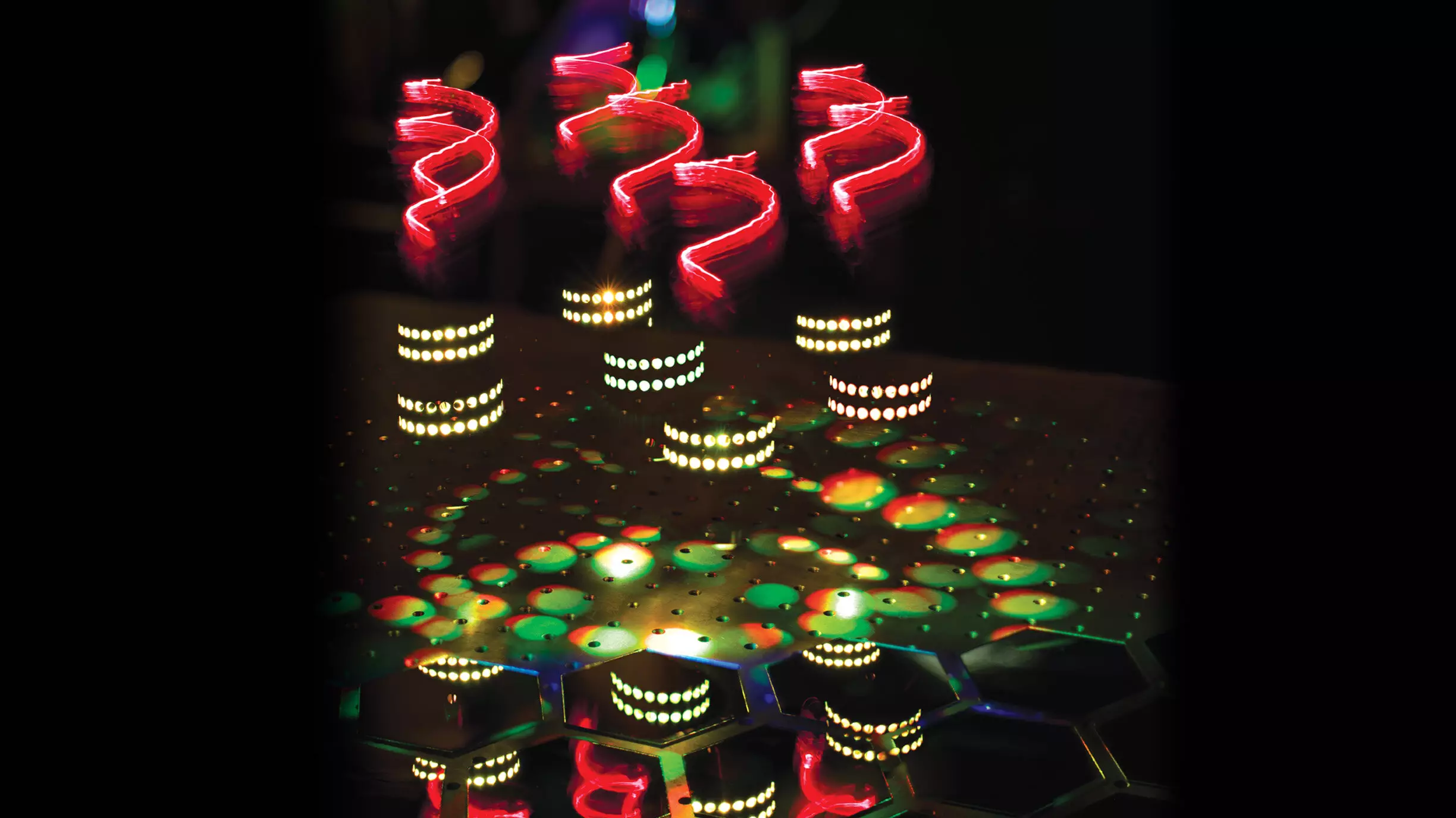A recent study led by physicists at the University of Bath has uncovered a groundbreaking optical phenomenon with vast implications across various fields such as pharmaceutical science, security, forensics, environmental science, art conservation, and medicine. Published in the prestigious journal Nature Photonics, the research introduces a new concept known as hyper-Raman optical activity. This phenomenon represents a significant advancement beyond traditional Raman spectroscopy and promises to revolutionize molecular analysis.
The Raman effect, where molecules scatter and change color upon exposure to light, has been a cornerstone in molecular identification. However, certain molecular energy states have remained elusive to conventional Raman spectroscopy. The hyper-Raman effect, characterized by the simultaneous impact of two photons on a molecule to generate a single scattered photon with a Raman color change, offers a solution to unveil these hidden molecular features. This enables a more comprehensive understanding of molecular structures and dynamics.
One of the key advantages of hyper-Raman spectroscopy is its ability to penetrate deeper into living tissue without causing damage to molecules. Additionally, the images produced through hyper-Raman display superior contrast and reduced noise from autofluorescence compared to conventional Raman spectroscopy. By leveraging the presence of nanoparticles near the molecule, the number of hyper-Raman photons can be significantly increased, enhancing the overall imaging quality and precision.
Chirality, a fundamental property of molecules related to their twist and handedness, has long posed a challenge for conventional spectroscopic techniques. The introduction of hyper-Raman optical activity opens up new possibilities for studying chirality in molecules. By utilizing chiral light to induce the hyper-Raman effect, researchers can now obtain three-dimensional information about molecular chirality. This innovative approach provides a pathway for studying complex biomolecules with asymmetric structures.
The implications of hyper-Raman optical activity span a wide range of fields and industries. In pharmaceutical science, this new technique can be utilized to analyze the composition of drugs, verify product authenticity, and detect counterfeit medications. In security and forensics, hyper-Raman spectroscopy holds promise for identifying illegal substances, explosives, and pollutants in various samples. Moreover, the application of this technology in art conservation, environmental science, and medical diagnostics marks a significant step forward in molecular analysis and characterization.
While the discovery of hyper-Raman optical activity represents a significant scientific breakthrough, there is still work to be done to establish it as a standard analytical tool. Collaborations between academic researchers and industry partners, such as Renishaw PLC, a leading manufacturer of Raman spectrometers, will play a crucial role in the development and implementation of this innovative technology. The journey ahead involves further research, refinement of experimental techniques, and the integration of hyper-Raman spectroscopy into existing analytical practices.
The emergence of hyper-Raman optical activity signifies a paradigm shift in molecular analysis and imaging. By harnessing the unique capabilities of this advanced spectroscopic technique, scientists have the potential to unravel the complexities of molecular structures, chiral properties, and energy states with unprecedented precision and depth. This transformative technology paves the way for a new era of scientific exploration and discovery across multiple disciplines.


Leave a Reply
You must be logged in to post a comment.